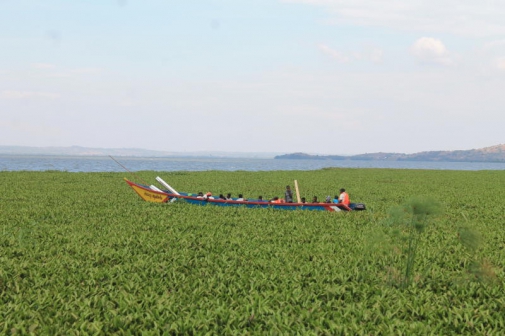
A Philippines government report in 2014 revealed that at least half of the country’s 100 million people use charcoal as their cooking fuel. Just like Kenya, this places a massive strain on trees and wallets of poor people since a high demand for charcoal means prices are rarely favourable. There is, however, light at the end of the tunnel for them now in the form of an unlikely allies.
Since 2012, small energy start-ups in Philippines have been using the dreaded water hyacinth to make briquettes that cook longer than charcoal and emit less smoke. One of them is HiGi Energy whose water hyacinth briquettes produce fifty percent less smoke than charcoal and burn more effectively.